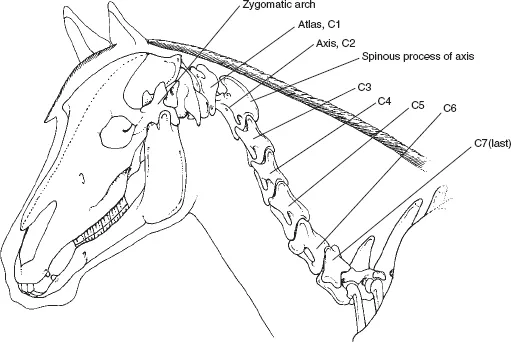I think of it as a quality of the rein. No question that what is on the other end impacts how it feels. You can’t ride in a curb the same way as a snaffle and even the difference between a pelham and a double is very real. I believe, in our ideal, that the double is meant to be ridden with soft contact on the snaffle and softer contact on the curb, where there may even be a bit of a drape in the curb when the horse is working ideally, but the snaffle should have the lightest contact that doesn’t create a drape.
IME different kinds of snaffles will also impact the contact. Not necessarily in a bad way, it’s also why we find that some horses like different mouthpieces.
Last, I’d just say looking around our sport today, I don’t think we have problems around people using too little rein or too little contact.




